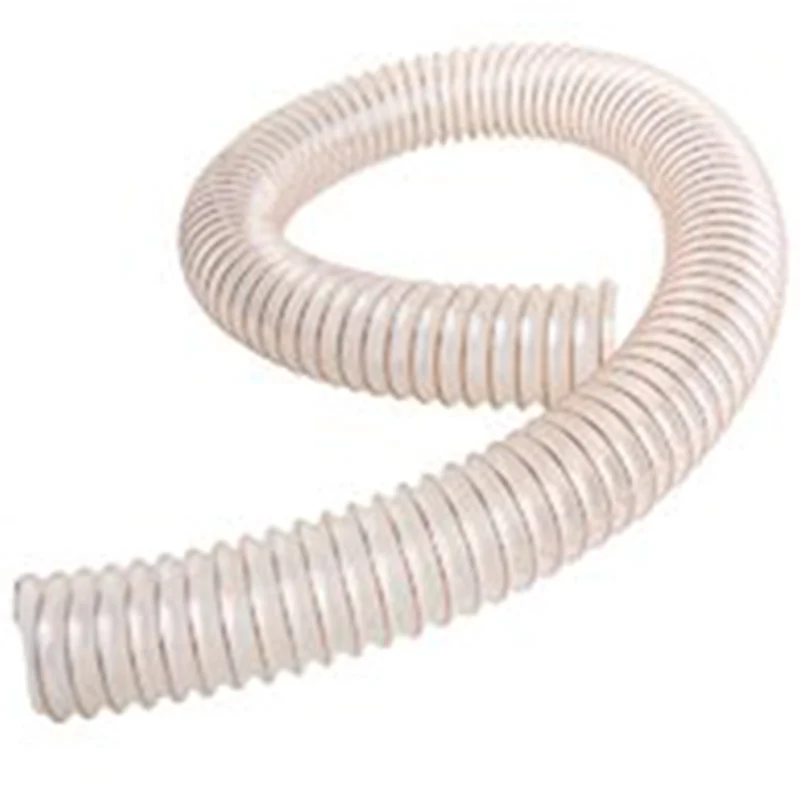Understanding PU Air Ducts: Benefits and Applications
2025-04-01
Polyurethane (PU) air ducts are becoming an increasingly popular choice for various ventilation and air management systems. Known for their flexibility, durability, and lightweight properties, PU air ducts offer a reliable solution for both residential and industrial applications. In this blog, we will explore the advantages and applications of PU air ducts.
What is a PU Air Duct?
A PU air duct is a flexible air conduit made from polyurethane, a material recognized for its exceptional mechanical properties. It is often used in HVAC systems, industrial ventilation, and dust extraction systems due to its resilience and resistance to abrasion.
Benefits of PU Air Ducts
1. Durability and Longevity:
- PU air ducts are highly resistant to wear and tear, ensuring longevity in demanding environments.
2. Flexibility:
- Their flexible structure makes installation easy, especially in tight spaces or complex layouts.
3. Lightweight:
- PU ducts are significantly lighter than traditional metal ducts, reducing the load on supporting structures.
4. Chemical Resistance:
- They offer excellent resistance to oils, solvents, and various chemicals, making them suitable for industrial use.
5. Temperature Tolerance:
- PU air ducts can withstand a wide range of temperatures, ensuring reliable performance in both hot and cold environments.

Applications of PU Air Ducts
- HVAC Systems: For efficient air distribution in residential and commercial buildings.
- Industrial Ventilation: Managing air circulation in factories and workshops.
- Dust Collection Systems: Removing dust particles from industrial processes.
- Agricultural Use: Assisting in air circulation within greenhouses and livestock areas.
Conclusion
PU air ducts offer a versatile and durable solution for air management needs. Their exceptional properties make them a preferred choice in various industries. Whether you’re installing a ventilation system in a home, factory, or greenhouse, PU air ducts ensure reliable performance and easy maintenance.


